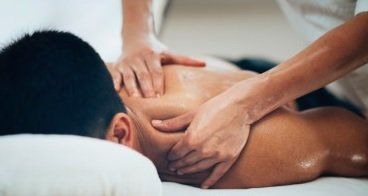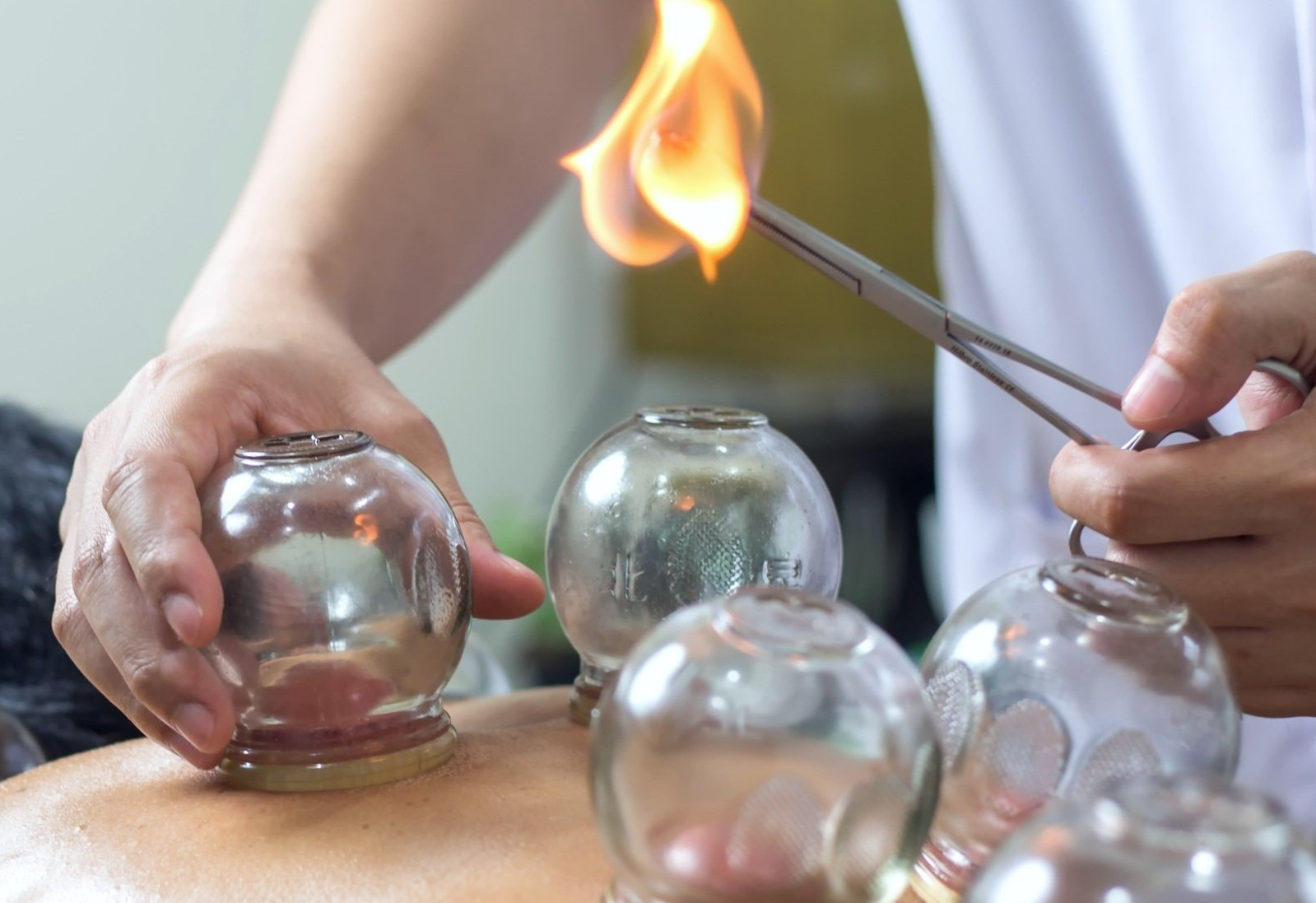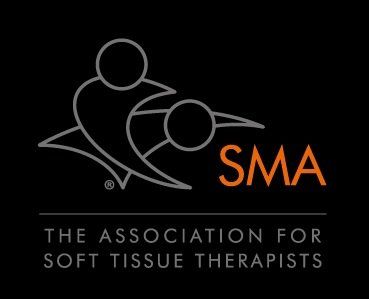Ouch! What to do When You Sustain An Injury
- by Leagrave Therapy Clinic
- •
- 06 Jul, 2024
- •
Muscle Sprains & Strains

Sprains and strains to muscles and joints happen to all of us and for most they are a painful, but temporary reminder to be a little more careful. Prompt action can help your body to heal faster and may prevent further injury or prolonged pain.
What is The Difference Between A Strain & Sprain?
- A sprain is an injury to the ligaments and capsule within the joint of the body.
- A strain is an injury to muscles or tendons.
Strained or ‘pulled’ muscles often happens when we over exert untrained muscles, train without properly warming up or try to go beyond a joint’s natural flexibility. Sometimes we feel the pain straight away, however some injuries might not cause pain until later on.
Muscle strains can be classified into three categories according to their severity (2):
- Mild (first degree) strain: a tear of a few muscle fibers; minor swelling and discomfort with no or only minimal loss of strength and restriction of the movements.
- Moderate (second degree) strain: There is greater damage of muscle with a loss of strength.
- Severe (third degree) strain: Tearing of muscle is extended across the muscle belly which results to a total loss of muscle function (2).
Muscle strain often results in a large hematoma, because the intramuscular blood vessels are torn.
What can you do?
RICE
Remember RICE (Relative rest, Ice, Compression and Elevation), using these can help to relieve the pain and start the healing process.
Relative rest: The first thing to do if you feel pain is to reduce the offending activity – pain is usually your body’s way of telling you that there is something wrong that needs your attention. It can be normal to feel a little sore after exercises for a day or two, but if it is more than this, pushing through the pain is rarely beneficial.
However, movement stimulates the healing process so stay as mobile as you comfortably can. Try to keep the joint moving through a comfortable range of motion, without forcing it to the point of pain. This will help to encourage blood flow and keep your joint flexible whilst it heals. This is particularly relevant for back pain as gentle exercise, such as walking, can help. You should slowly build your activity levels up as soon as your symptoms begin to resolve and you are able.
Ice

Ice: Cooling the area
using an ice pack can help to reduce swelling and pain. Wrap a thin tea towel
around the area so as to avoid direct skin contact and then apply the pack to
the injured area for 10 – 15 minutes. You should repeat this several times per
day for the first 72 hours. This will help to control inflammation, making it
easier for your body to get blood and nutrients to the area and resolve the
injured tissues.
Recommendations in review articles range from applying ice (1):
Option 1: 10 to 20 minutes 2 to 4 times per day.
Option 2: Up to 20 to 30 minutes every 2 hours.
Most clinicians will recommend Option 1 and suggest applying ice for 2 to 5 minutes only to peripheries i.e. fingers and toes to avoid burns.
Compression: Gently applying a compression dressing (e.g. tubey-grip for arms or legs) may help to temporarily support the injured joint and reduce swelling, though remove this immediately if there are signs that this is reducing the circulation to the area (numbness, pins and needles, the skin turning white or blue etc).
Elevation: If the injury is in the lower limb (knee or ankle), elevating the area a little can make it easier for your body drain fluids that might accumulate around the area, causing swelling. For example, if you’ve hurt your knee, sitting down with the knee raised on a low foot stool may ease your pain.
Seek medical attention. If you have pain that can not be controlled with over the counter painkillers, you cannot put weight on the injured (upper or lower) limb, experience paralysis or loss of sensation or the swelling is very bad seek help from your local A&E department, urgent care centre or telephone 111 for advice.
If the pain or swelling fails to improve within a week, a visit to a physical therapist, osteopath, sports massage therapist may be beneficial. They will be able to assess the injury, advise you on the correct treatment and can provide some manual therapy which may help it get better faster.
References:
- Bleakley, C., McDonough, S., MacAuley, D. (2004) The Use of Ice in the Treatment of Acute Soft-Tissue Injury; A Systematic Review of Randomized Controlled Trials, The American Journal of Sports Medicine, 32; 1: 251-261.
- Järvinen, T. A. H., Kääriäinen, M., Järvinen, M. Kalimo, H. (2000) Muscle Strain Injuries, Lippincott Williams & Wilkins, 12: 155-161.













